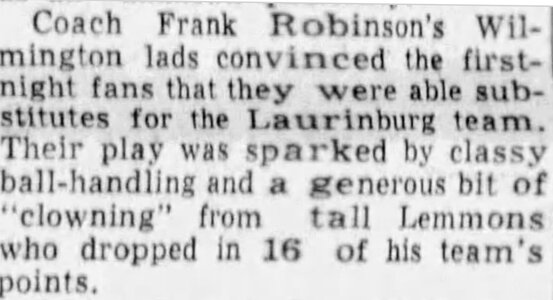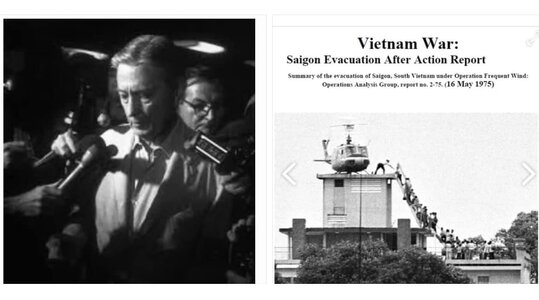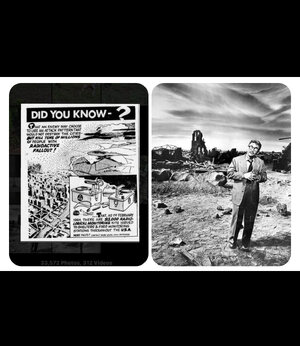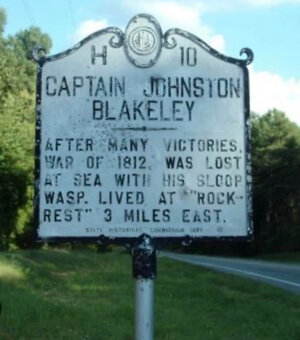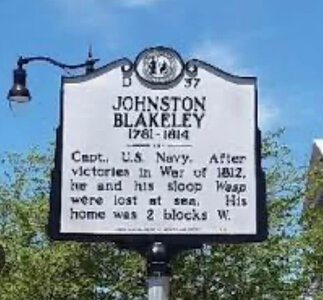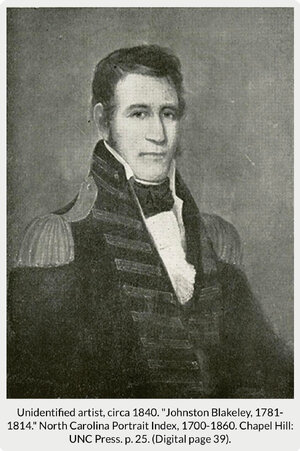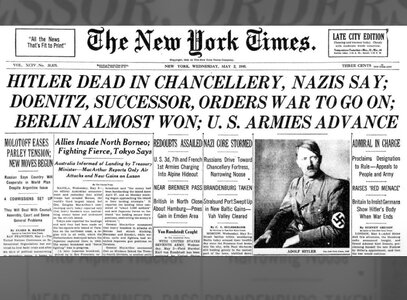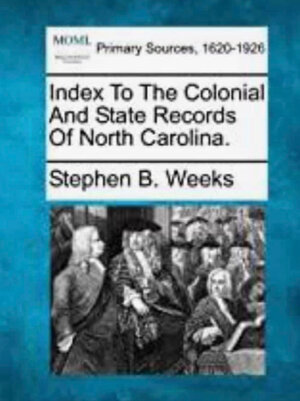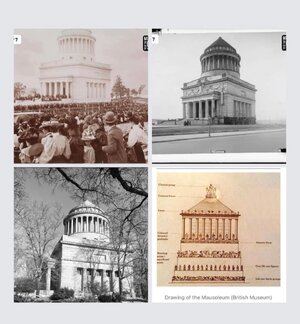 #OTD
#OTD IN 1897, Ulysses S. Grant’s tomb on
#RiversideDriveNYC was dedicated. It would have been his 75th birthday. He died in 1885. His celebrated burial in this location was controversial as many believed either a military park or Washington D.C. to be more appropriate. Grant himself had nixed those ideas however with his romantic insistence that Julia, his wife, be buried beside him.
Grant (and Julia) also preferred that New York City be their final resting place. They actually lived at No. 3 East Sixty-sixth street beginning in 1881. (Read here:
http://daytoninmanhattan.blogspot.com/.../the-lost-u-s... ) As many know, the Grants were ruined financially in 1884, the victims of a Ponzi Scheme. The General died of throat cancer just over a year later.
As per their wishes the mausoleum is the final resting place of he and Julia. A design by John Hemingway Duncan was chosen in a competition. Duncan based it on the Temple at Halicarnassus (Persia), one of the Seven Wonders of the Ancient World (see below, bottom right-facing, for a sketch of that now long-gone structure). While the dedication
#OTD IN 1897 was a huge event the fund-raising efforts were not always smooth and brought forward both regional and class-based enmities.
In fact, the monument has seen rough times during its 127 year ‘life.’ Having fallen into disrepair, The Works Project Administration (WPA) of Franklin D. Roosevelt’s New Deal restored and improved the monument between 1935 and 1939 — there are busts of five of Grant's generals...William T. Sherman, Phillip H. Sheridan, George H. Thomas, James B. McPherson, and Edward Ord installed by the Federal Artists Project and many infrastructural additions both cosmetic and fundamental were added.
Despite the monument’s placement in the care of the National Parks Service in 1958, in the 1970s graffiti as well as squatting along the exterior of the structure made it unsightly and even dangerous. Overall New York City itself was in similarly dire straits -
#RiversideParkNYC was a rough and mainly off limits area. It wasn’t until the 1990s that the monument, and the area was reclaimed. Today I walk with Prince and Maxie in this area daily (even nightly), and literally circling “Grant’s Tomb” is part of our regimen. I admire the structure for its solid but fluid lines. It has a timeless quality and diagonally across from the towering
#RiversideChurch we find ourselves sandwiched by two of the more impressive edifices, though I fear, less recognized, in the city. The dogs only see the squirrels and rats in truth but I do try my best to look up.
The structure itself does remind me, as a born and bred southerner who was treated to the barrage of Lost Cause propaganda from my earliest memory, that the country has an incredibly divisive history and that I am living through a time of deep division as well. When I do raise up my eyes I see on the tomb inscribed Grant’s epitaph: “Let us have peace.” I have to add though...not at the cost of permitting fascism, racism, and regression winning to win the day.
About a month ago the dogs and I were passing by and a couple were lingering in front of the tomb. I caught their conversation on the wind and it was one of curiosity about the edifice. I interjected what I knew of the place and its history, mainly what I wrote above but also some things about the "Rolling Bench" that wraps around it ( See here:
Mosaic Rolling Bench at General Grant National Memorial — CITYarts ). The couple lived in the southern part of the island and said they did not get "up here" often. They looked at me as curiously as they did the tomb -- I know that my accent threw them off...probably as much as hearing it speaking respectfully about the Union general that laid low The South. The Dunns have been in #WestHarlem now over 4 years and of course we'll never be 'from' there. That said, roots tend to reach down all on their own.
Amen.
The photographs below: Top left-facing is a photograph of the dedication ceremony. Top right-facing, a shot from 1917. Bottom left-facing is a snap by me from Sakura Park. Bottom right-facing is a sketch of The Persian Temple of Halicarnassus.

